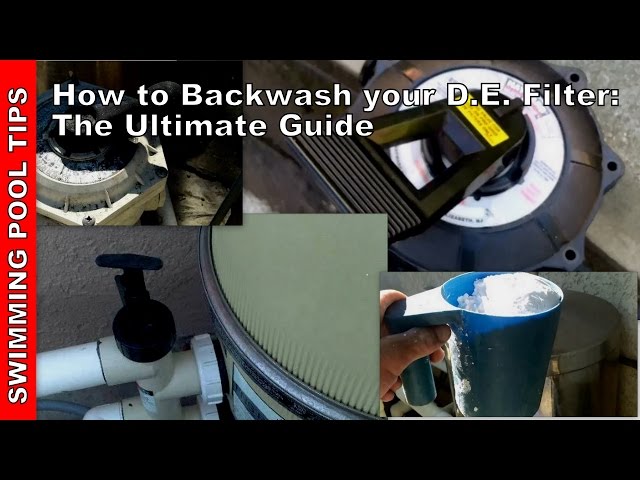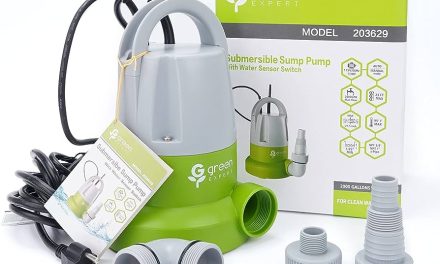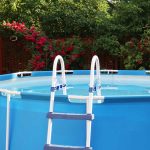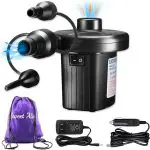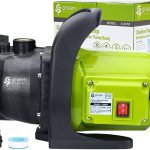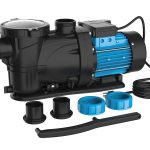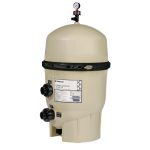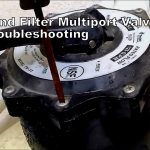To backflush a pool filter, follow these steps: 1) Turn off the pool pump and locate the backflush valve on the filter system. 2) Attach a backflush hose to the valve and direct it away from the pool.
3) Open the valve and turn on the pump, letting the water flow out through the hose for a few minutes to flush out debris. 4) Close the valve and turn off the pump. Proper backflushing helps maintain optimal pool filtration and water quality.
1. Understanding Backflushing
Backflushing is a crucial process for maintaining the cleanliness and efficiency of your pool filter. It involves reversing the flow of water through the filter to remove built-up debris and contaminants. By backflushing regularly, you can prevent clogs and extend the lifespan of your filter, ultimately saving you time and money.
To backflush your pool filter, start by turning off the pump and closing the skimmer and main drain valves. Then, set the filter valve to the “backwash” position and turn the pump back on. Allow the water to run for about 2-3 minutes, or until the water flowing out of the waste line appears clear.
Once the backflushing process is complete, switch the filter valve back to the regular filtration setting and open the skimmer and main drain valves. Remember to check your filter manufacturer’s instructions for specific backflushing guidelines based on the type of filter you have.
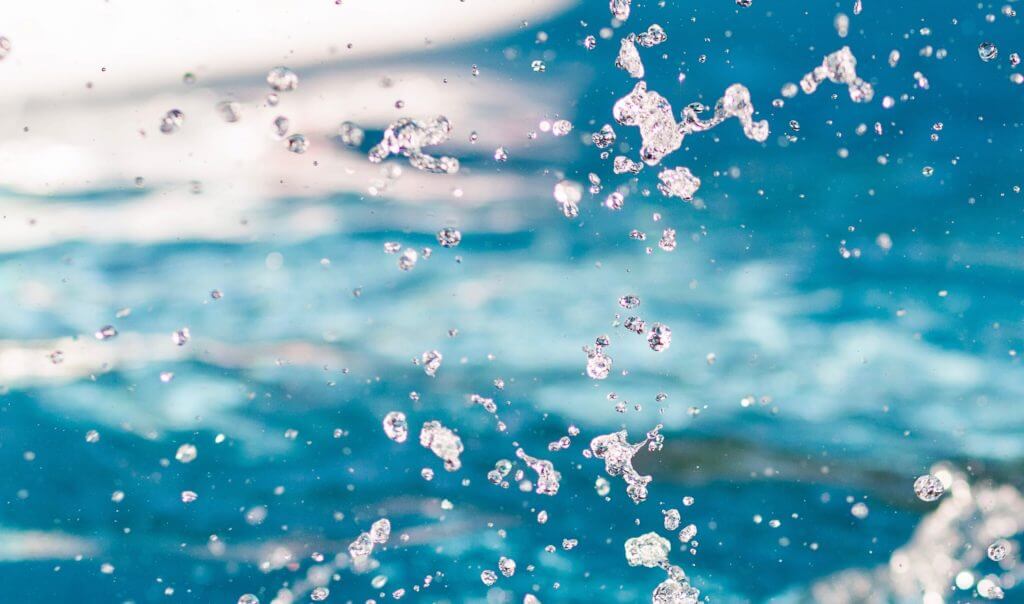
Credit: clearcomfort.com
2. Determining When To Backflush
Determining When to Backflush Signs that indicate it’s time to backflush your pool filter include reduced water flow, increased pressure, and cloudy water. If you notice these indicators, it’s crucial to backflush your filter to ensure optimal filtration. Another sign is if the pressure gauge reading is 8-10 psi above the normal range.
This suggests that the filter is clogged with debris and needs cleaning. Additionally, if you see visible dirt and debris buildup on the pool filter, it’s a clear indication that it’s time to backflush. Regular maintenance and cleaning are essential to keep your pool water clear and free from contaminants.
By backflushing your pool filter when necessary, you’ll maintain proper water flow and ensure that your pool stays clean and healthy.
3. Backflushing A Sand Filter
Backflushing a sand filter is an essential maintenance task for keeping your pool clean and functioning properly. To backflush a sand filter, you need to follow a step-by-step process. First, ensure that you are using the multiport valve correctly. This valve allows you to control the flow of water through the filter.
Next, follow the proper sequence for backflushing your sand filter. This usually involves turning off the pump, changing the valve position to backwash, and clearing out any debris from the filter by running water in the reverse direction. During the process, be mindful of common mistakes to avoid.
These may include not fully closing the valve before starting the pump or not backwashing for a sufficient amount of time. By following these guidelines, you can effectively backflush your pool’s sand filter and maintain its optimal performance.
4. Backflushing A Cartridge Filter
Backflushing a cartridge filter is an important maintenance task for pool owners. To properly backflush your cartridge filter, follow these step-by-step instructions. First, turn off the pool pump. Next, locate the pressure gauge on the filter and take note of the current reading.
Then, turn the multiport valve to the “backwash” position. Turn the pool pump back on and let it run for 2-3 minutes or until the water in the sight glass appears clear. Once the backflushing is complete, turn off the pool pump again and set the multiport valve to “rinse” for 30 seconds to clear out any remaining debris.
Finally, return the valve to the “filter” position and turn the pump back on. Following these guidelines will ensure a thorough cleaning and prolong the life of your cartridge filter.
5. Backflushing A De Filter
Backflushing a DE filter is an essential part of pool maintenance. To backflush a DE filter, you must understand the function of the multiport or push-pull valve. This valve controls the flow of water in and out of the filter.
When backflushing, it is important to replenish the DE (diatomaceous earth) after the process. DE is a filtration media that helps remove impurities from the water. Without proper DE replenishment, the filter may not function effectively. Following step-by-step instructions for backflushing a DE filter will ensure that your pool stays clean and clear throughout the swimming season.
Remember to carefully follow the guidelines provided by the manufacturer to avoid any damage to the filter system. With regular backflushing, your pool filter will maintain optimal performance and keep your pool water sparkling clean.
6. Backflushing For Above Ground Pools
Backflushing for above ground pools requires specific considerations to address unique challenges. These challenges may include the type of filter used, limited space for equipment, and potential strain on the pool pump. To backflush an above ground pool filter, start by turning off the pump and closing the skimmer valve.
Attach the backwash hose to the backwash port or the waste port, making sure it is securely connected. Turn on the pump and let it run for a few minutes until the water runs clear. Monitor the pressure gauge and ensure it returns to normal levels.
Once the backflushing process is complete, turn off the pump, disconnect the backwash hose, and reopen the skimmer valve. Regular backflushing helps maintain the efficiency and functionality of above ground pool filters.
7. Choosing The Right Backflushing Equipment
When it comes to backflushing your pool filter, choosing the right equipment is crucial. Some recommendations for backflushing equipment and tools include considering factors such as the type of filter you have, the size and capacity of your pool, and your budget.
It’s important to select equipment that is compatible with your specific pool filter system to ensure effective backflushing. Additionally, you should also consider the durability and ease of use of the equipment, as well as any additional features or accessories that may be beneficial.
By following these guidelines and considering these factors, you can choose the right backflushing equipment for your pool filter, ensuring clean and clear water for swimming enjoyment.
8. Maintenance Tips And Troubleshooting
Regular maintenance is key to ensuring the efficient operation of your pool filter and minimizing the need for backflushing. Here are some tips to help you maintain your pool filter: Keep an eye on the pressure gauge and backflush when the pressure rises around 10 psi above the normal operating level.
Rinse the filter media before and after each backflush to remove any debris. Check and clean the skimmer and pump baskets regularly to prevent clogs. Inspect the filter o-rings and seals for any signs of wear or damage. Use proper water chemistry and balance to prevent scale and algae growth.
Regularly inspect and clean the filter housing and other components for any signs of damage or cracks. By following these maintenance tips, you can keep your pool filter in good condition and reduce the need for backflushing.
Frequently Asked Questions For How To Backflush Pool Filter?
What Is The Sequence To Backwash The Pool Filter?
To backwash a pool filter, follow these steps: 1. Turn off the pool pump. 2. Set the filter valve to the backwash position. 3. Turn on the pump and let it run for 2-3 minutes or until the water in the sight glass becomes clear.
4. Turn off the pump, set the valve to the rinse position, and turn on the pump again for 30 seconds. 5. Finally, turn off the pump, set the valve back to the filter position, and turn on the pump to resume normal filtration.
How Do You Backwash A Pool Step By Step?
To backwash a pool, follow these steps: 1. Turn off the pool pump. 2. Set the pool filter valve to the “Backwash” position. 3. Turn the pool pump back on and let it run for 2-3 minutes. 4. Turn off the pump again and set the valve to the “Rinse” position.
5. Turn the pump on for another 1-2 minutes. 6. Turn off the pump one more time and set the valve back to the normal filter position. 7. Turn the pump on and your pool is ready to use again.
What Does Backflushing A Pool Filter Do?
Backflushing a pool filter is the process of reversing the flow of water to clean out debris and contaminants from the filter system.
How Often Should You Backwash Your Pool?
Backwash your pool filter as needed to prevent debris buildup and keep water clean.
Conclusion
To ensure the optimal performance of your pool filter, it is essential to backflush it regularly. By following the step-by-step process outlined in this blog post, you can effectively remove accumulated debris and dirt from the filter, allowing for improved filtration and water clarity.
Remember to start by turning off the pool pump and set the multiport valve to the “backwash” position. Then, turn on the pump and allow the dirty water to flow out of the waste line until it runs clear. Finally, return the valve to its original setting and rinse the filter for a short duration.
Backflushing your pool filter not only extends its lifespan but also ensures a clean and healthy swimming environment for you and your family to enjoy. Don’t forget to schedule regular maintenance and cleaning to keep your pool filter functioning optimally throughout the swimming season.

